Large and imposing portrait of a young princess as Venus enthroned on her chariot.
The young woman is portrayed half-legged, seated in a monumental chariot of gilded wood.
A cupid by her side gazes intently at the goddess. Partially covered in the bottle-green draperies attached to his arm, he brandishes a flaming torch intended to ignite hearts and ignite love.
The young woman is dressed in a white satin dress embroidered with silver threads and lined with blue satin. Elegantly wrapped in a large pink coat whose arrangement of voluminous drapes is skilfully placed on her right side.
She knocks over a vial with an elegant gesture of her right arm while her left arm rests on the shoulder of the putto.
Delicately made-up oval face, dominated by large blue-gray eyes is surrounded by powdered hair, styled “à la Fontanges”
His illuminated figure with milky white flesh stands out against the backdrop of a twilight sky.
ATTRIBUTED TO PIERRE GOBERT (1662-1744),
18TH FRENCH SCHOOL, AROUND 1720
OIL ON CANVAS: H. 141 CM, W. 109 CM
IMPORTANT FRAME IN GILDED AND CARVED WOOD FROM THE 18TH CENTURY (RE-GILT)
FRAMED DIMENSIONS: H. 175 CM, W. 142 CM
Provenance :
Drouot sale, Paris, May 13, 1907, as Alexis Simon Belle "Portrait of a woman as Hébé" (the sale label is still present on the back).
Acquired by Eugène Bretel (Norman industrialist), Château de Chiffrevast collection (La Manche) until 2006.
Private Parisian collection.
Our portrait seems to have lost the identity of the model portrayed for more than a century, given that in the sale of 1907 it was already presented as an anonymous "portrait of a woman". Knowing the life and work of Pierre Gobert, the hypothesis of a princely origin is quite possible. Having worked in the 1720s for the court of Lorraine, but simultaneously for the court of Versailles, the artist also painted almost all of the Regent's offspring, as well as the countless princesses of the branches of Condé and Conti. Fashionable and much appreciated painter of his time, it seems very likely that a princess of blood commissioned his effigy from him.
Our work by its composition is very close to the portrait of Charlotte Aglaé, Duchess of Modena, daughter of the Regent, held at the Museum of Kassel (Germany), inventory SM 1.1.848
Pierre Gobert (1662-1744)
Son of Jean Gobert, sculptor to the King, grandson of Jean Gobert the eldest, carpenter sculptor, brother of Jean Gobert, known as the "ordinary painter to the King" Pierre Gobert was born in Paris or Fontainebleau in 1662. He established himself by his elegant effigies as one of the very first gallant portrait painters. Received at the Academy of Painting on September 24, 1701, with the portraits of Corneille van Clève and Bon Boullogne, Pierre Gobert exhibited fifteen portraits at the Salon of 1704, and demonstrated its privileged access to the court: among these portraits are that of the Duchess of Maine and the little Duke of Brittany, the future Louis XV. Despite formidable competition, he had no difficulty in establishing his reputation. No doubt thanks to Elisabeth-Charlotte, Gobert was approached by the court of Lorraine in 1707, in order to paint the portrait of the Dukes of Lorraine, Elisabeth-Charlotte of Orléans and the four princesses. An impressive set of seventy portraits including original effigies and many replicas. It is likely that Gobert developed a studio during this period, since he seems to have operated back and forth between Paris and Lorraine, and even had portraits sent from Paris. Gobert thus obtained the title of ordinary painter of the Duke of Lorraine, and continued to deliver portraits to the court, notably in 1719 and 1721. He thus participated in the artistic influence of the court of Lunéville, which sought to be part of the wake of Versailles.
Back in Paris, on the strength of this prestigious introduction, which he took advantage of by bearing the title of “ordinary painter to the Duke of Lorraine”, Gobert then worked for the Condés and the Contis, and for the Prince-Elector Max Emmanuel of Bavaria. In 1737, the painter shone for the last time by presenting at the Salon one of his most ambitious portraits, that of the family of the Duke of Valentinois (Monaco, prince's palace). By the choice of his somewhat fixed attitudes, by the affected and graceful disposition of the fingers of his female models, by the use of historical travesties, by the depersonalized and flattering type of his resolutely placid faces, Gobert had managed to create thanks to his relentless and recognized work, a style which contrasted with the works of Largillierre and Rigaud, his contemporaries.





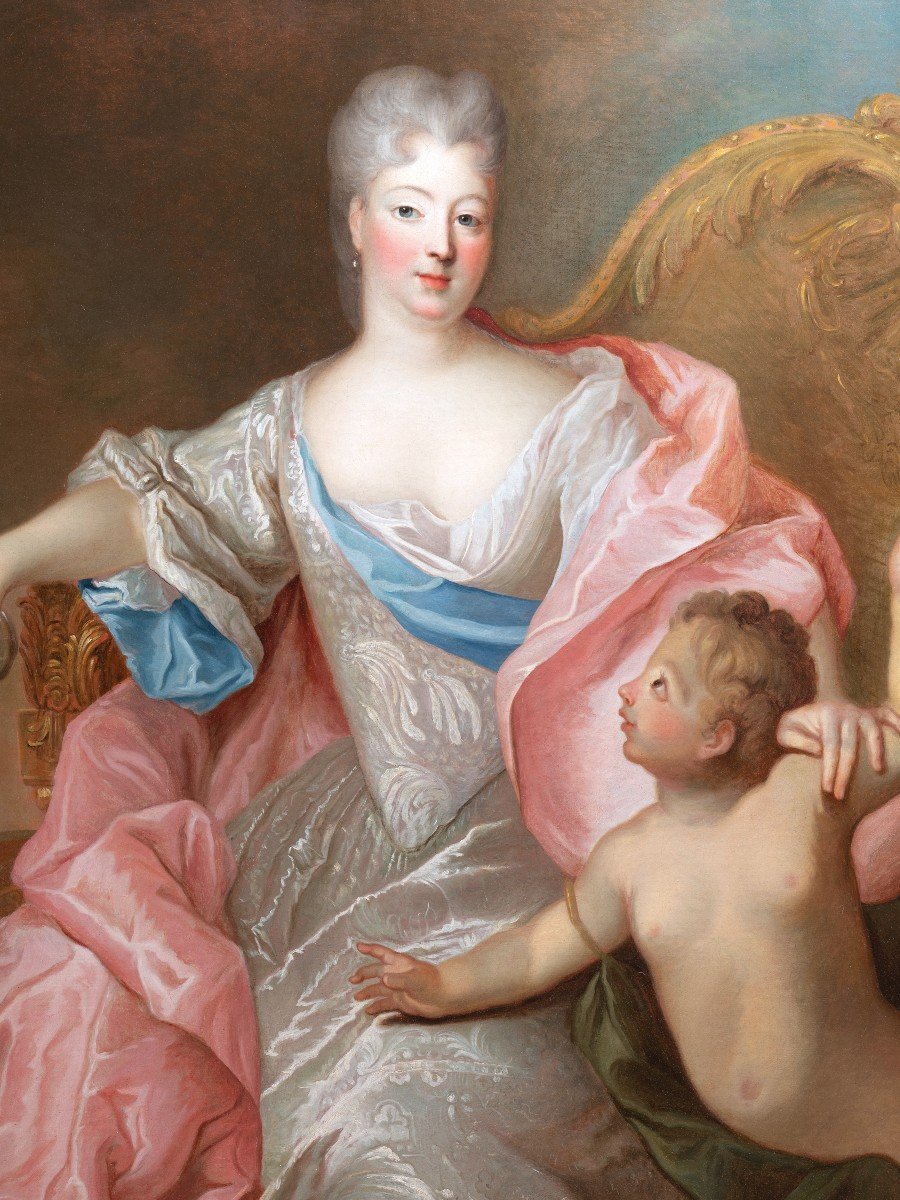

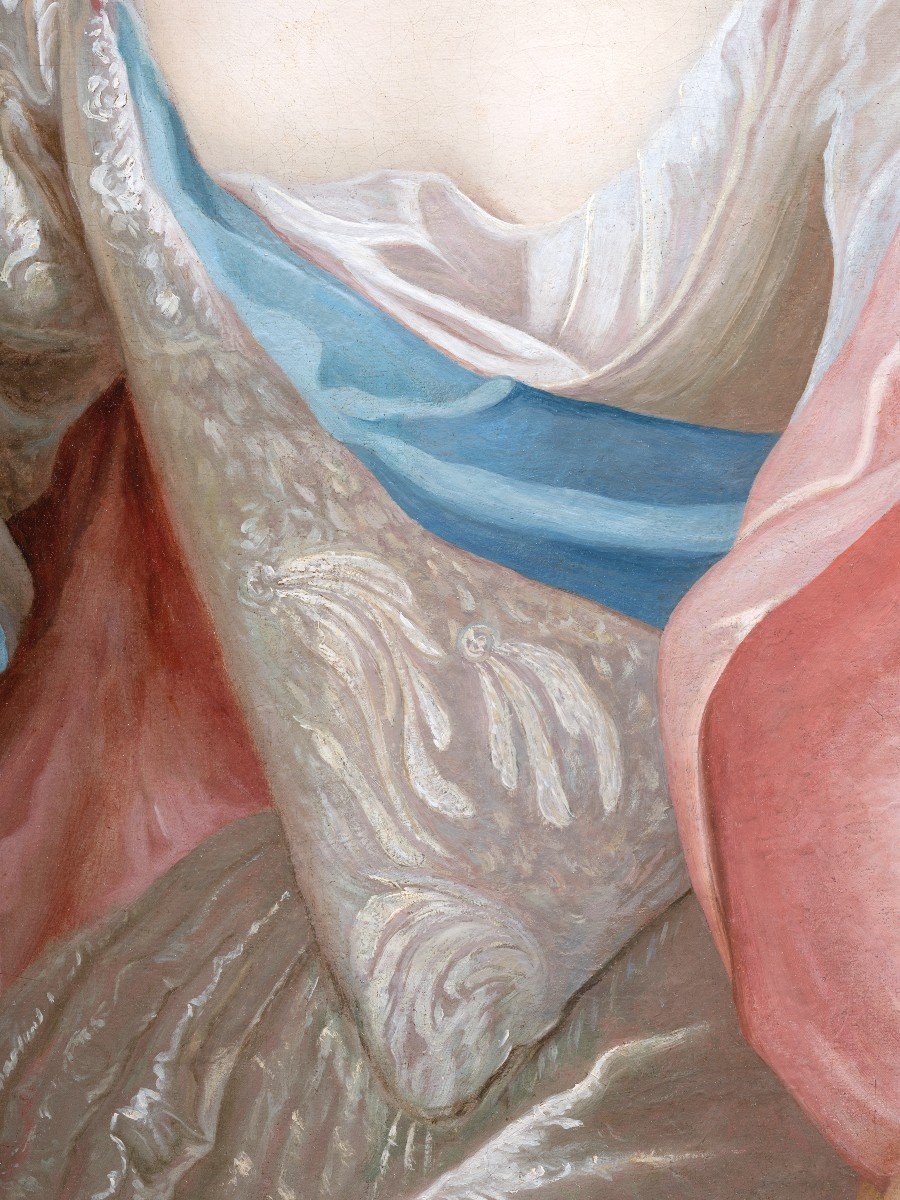
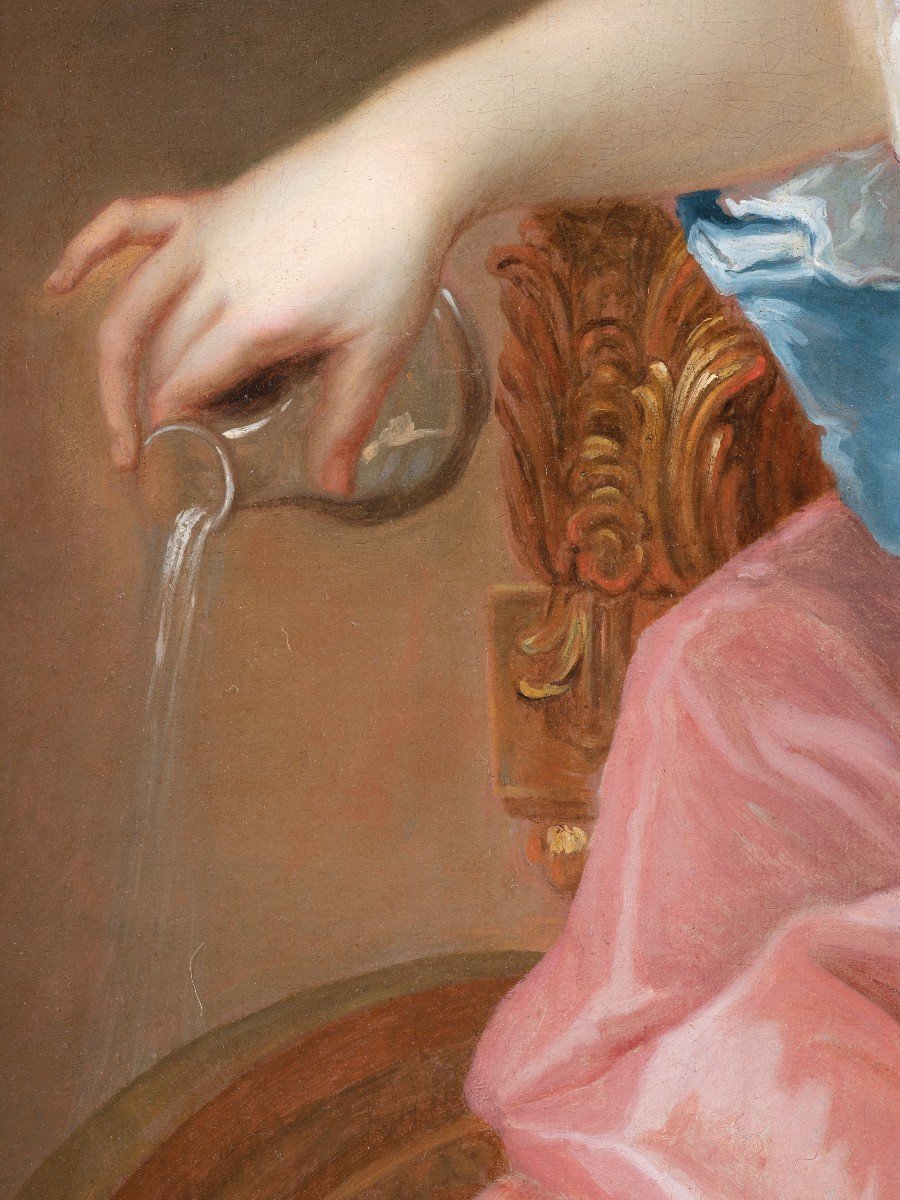



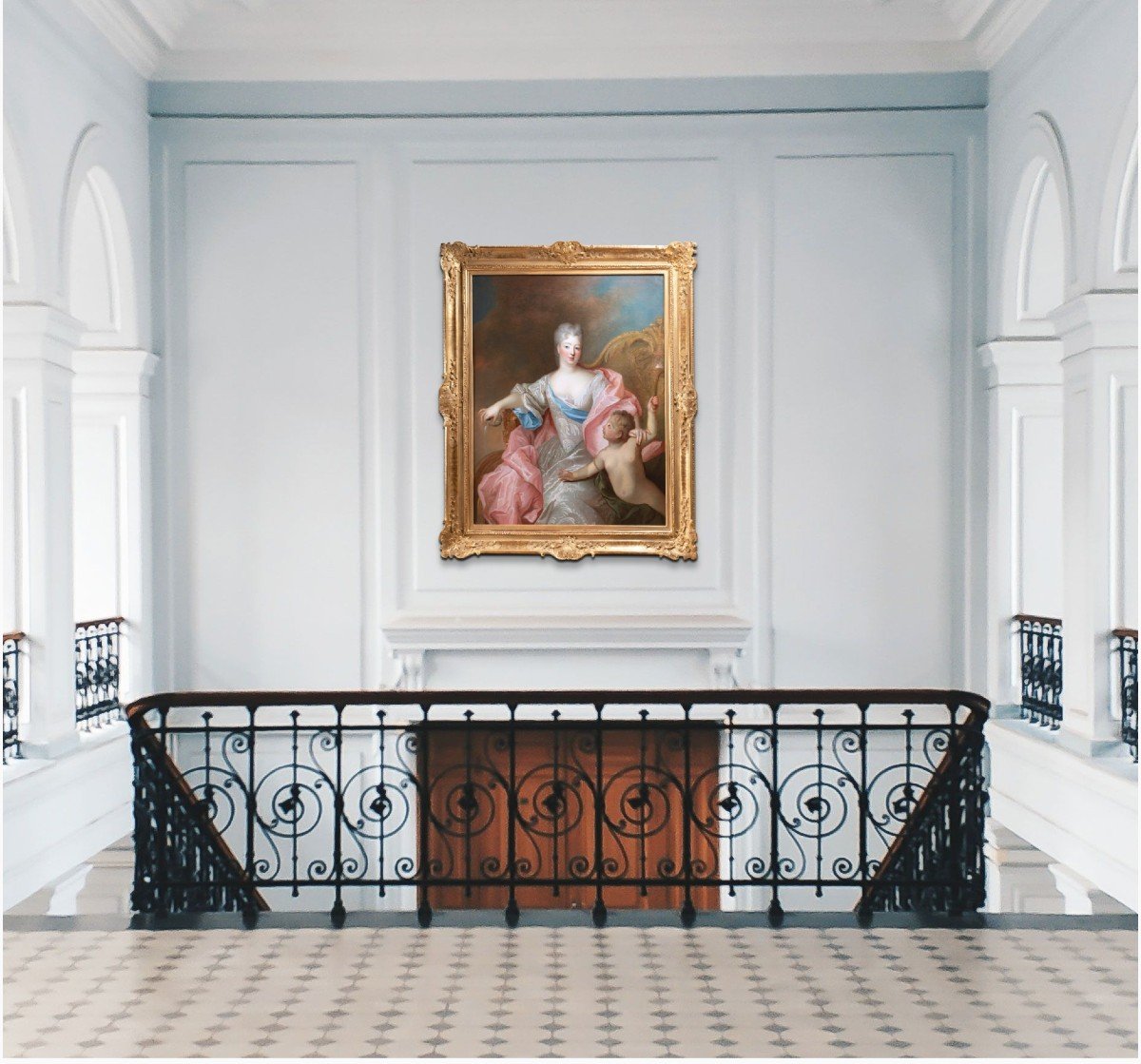













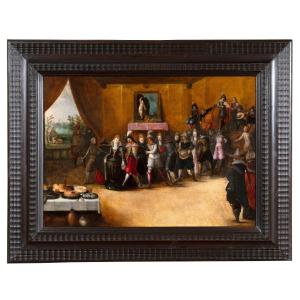

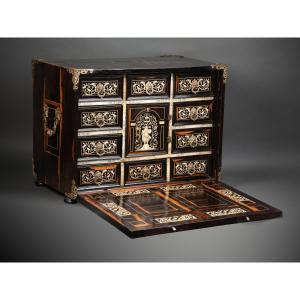












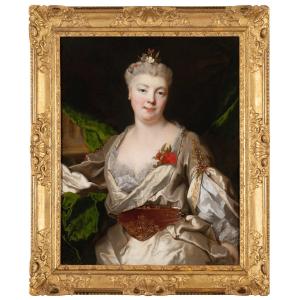

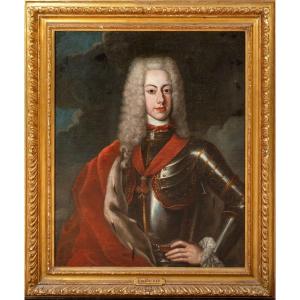




 Le Magazine de PROANTIC
Le Magazine de PROANTIC TRÉSORS Magazine
TRÉSORS Magazine Rivista Artiquariato
Rivista Artiquariato